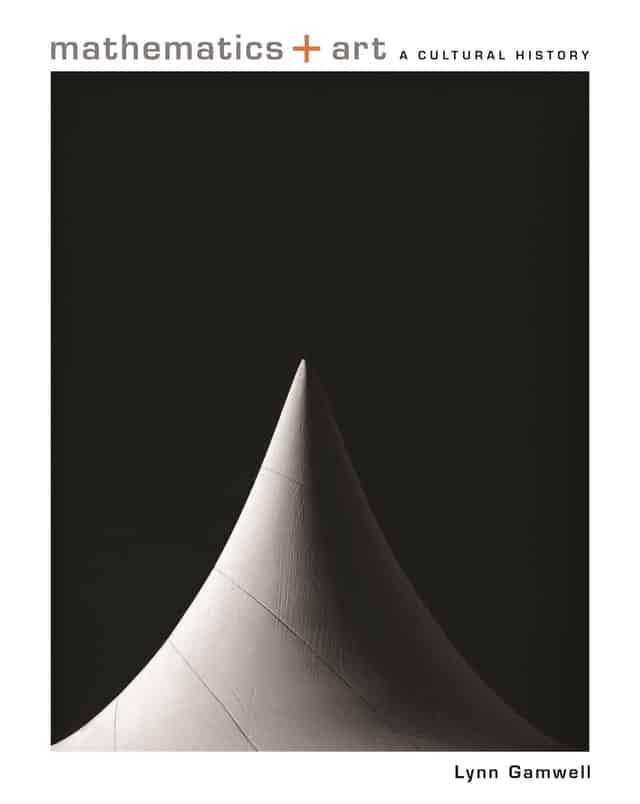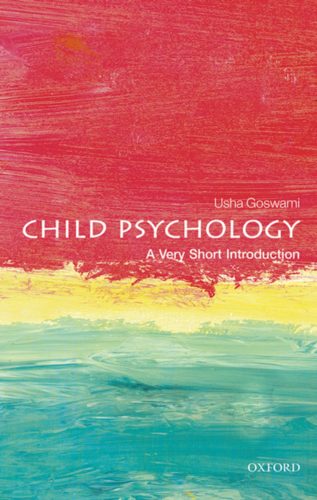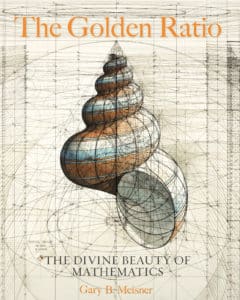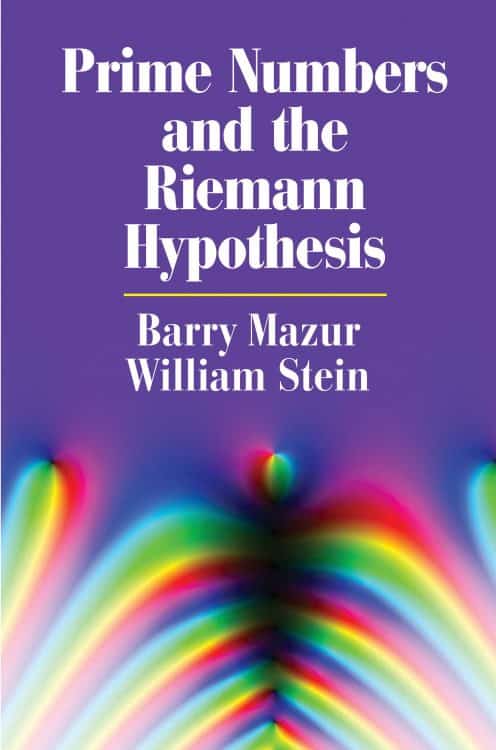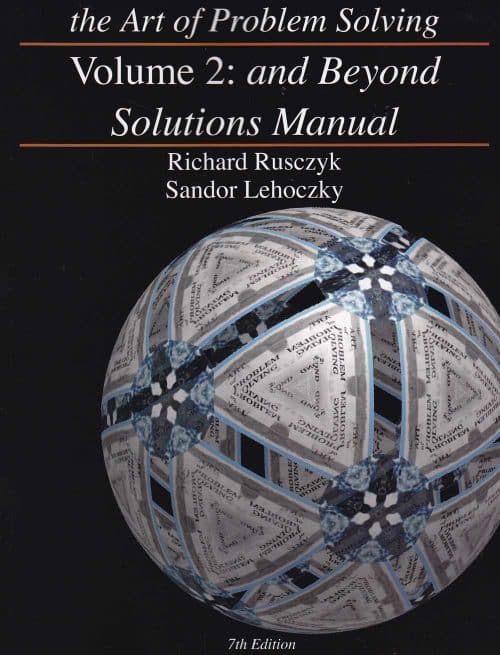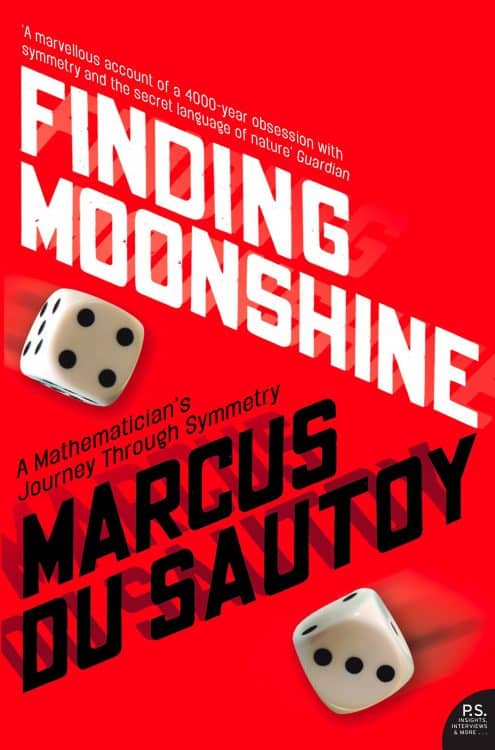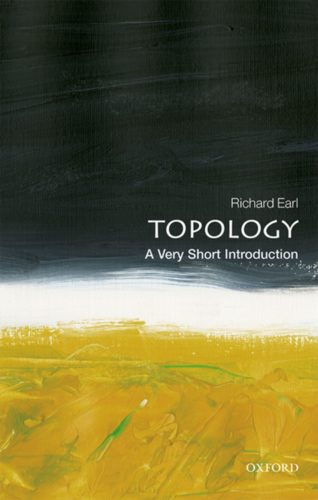“From antiquity to the present, this is a study of the cultural history of mathematics and art. Mathematicians and artists have long sought to comprehend both the concrete world they see before them and the intangible things they only know in their minds. Lynn Gamwell highlights the significant ways that mathematical concepts have been portrayed by artists while guiding readers through the practice of mathematics and the philosophical principles that underpin the field. Gamwell’s thorough investigation includes lavish artwork representations and clear arithmetic descriptions.
Gamwell begins by outlining the history of mathematics, encompassing Greek, Islamic, and Asian branches, from antiquity to the Enlightenment. Gamwell then turns his attention to contemporary culture, tracing the quests of both artists and mathematicians for the essence of their respective disciplines, such as Aleksandr Rodchenko’s monochromatic paintings and David Hilbert’s idea of mathematics as an arrangement of meaningless signs. She demonstrates how the practice of modern mathematics and art both require self-reflection and that this reflection reveals a profound resonance between the two disciplines: Kurt Gödel asked questions about the nature of mathematics in the vocabulary of mathematics, and Jasper Johns posed the question, “What is art?” in the vocabulary of art. Gamwell discusses the characters and cultural contexts of numerous mathematicians and artists throughout the book, including Gottlob Frege, Benoît Mandelbrot, Max Bill, and Xu Bing.
This book will inform anybody with interest in the intricate intellectual pursuits, characters, and cultural contexts that connect these enormous disciplines by showing how mathematical ideas are represented in the visual arts.”

